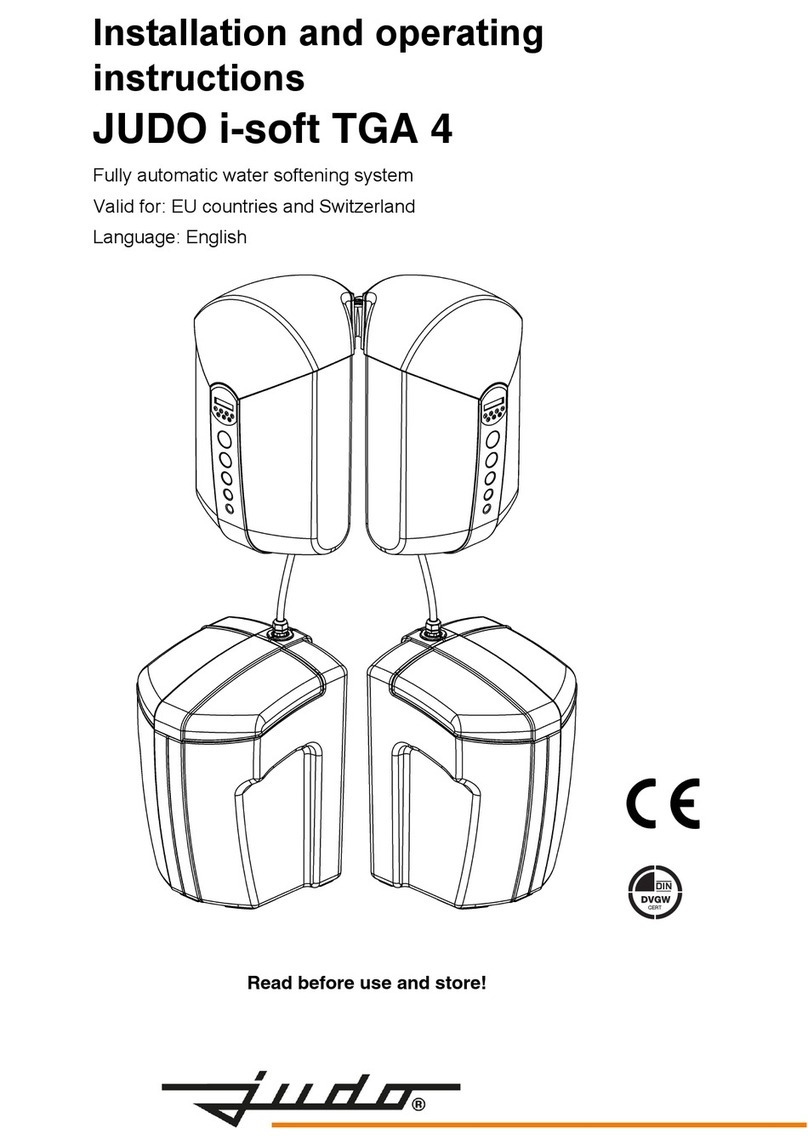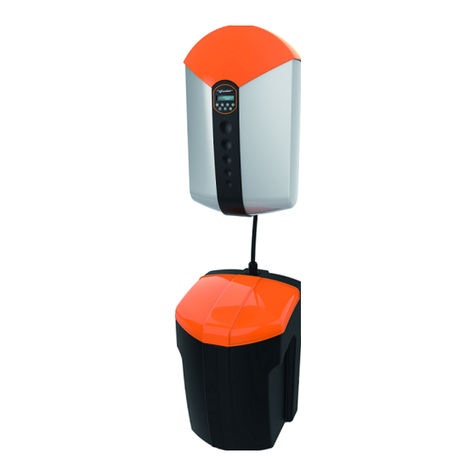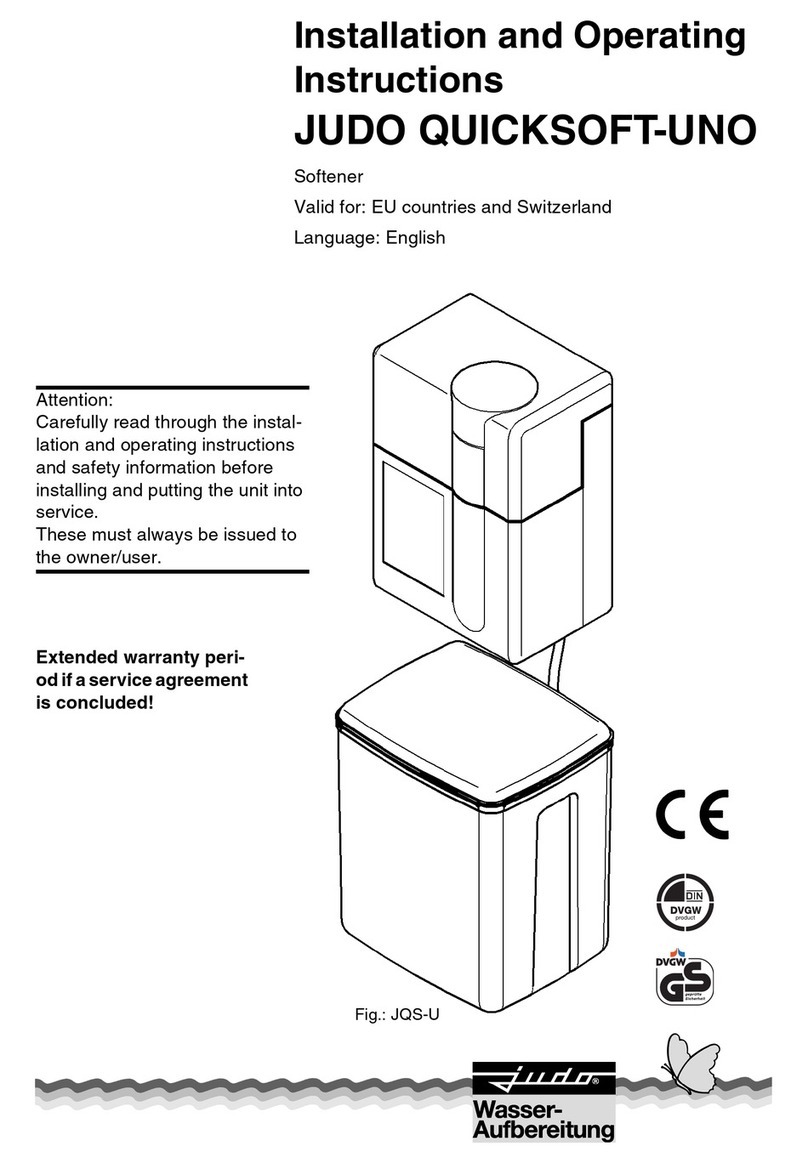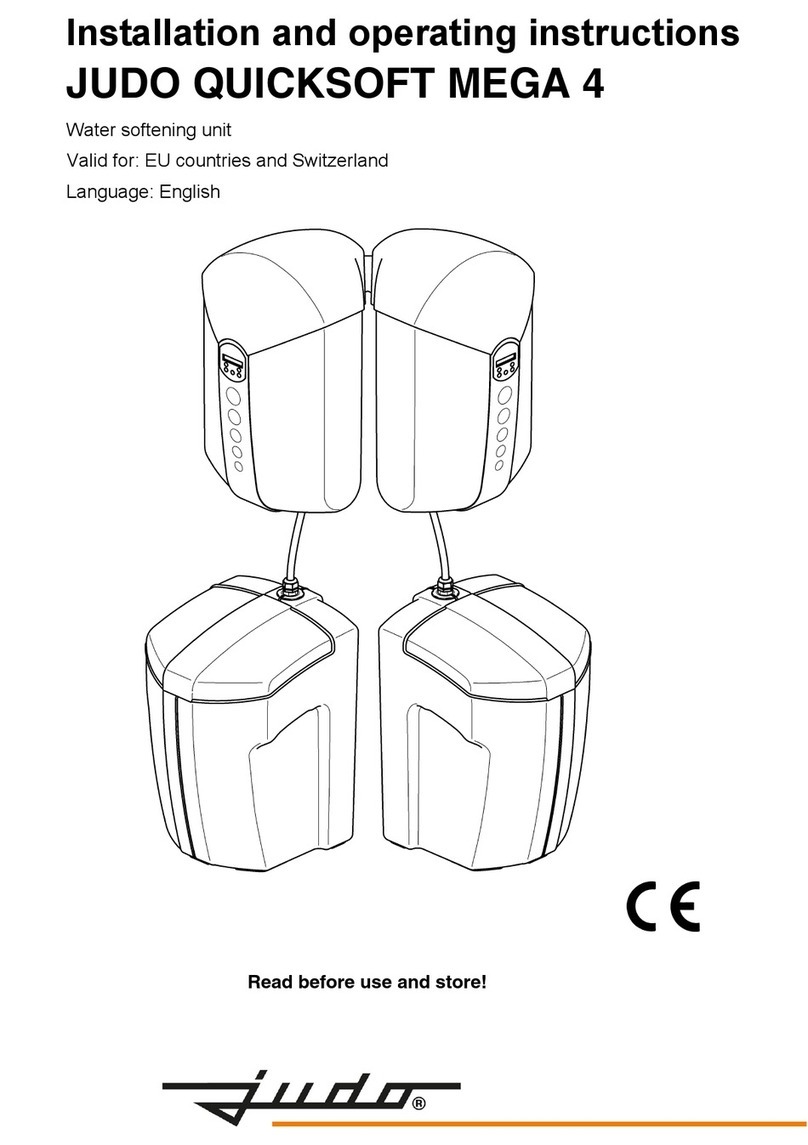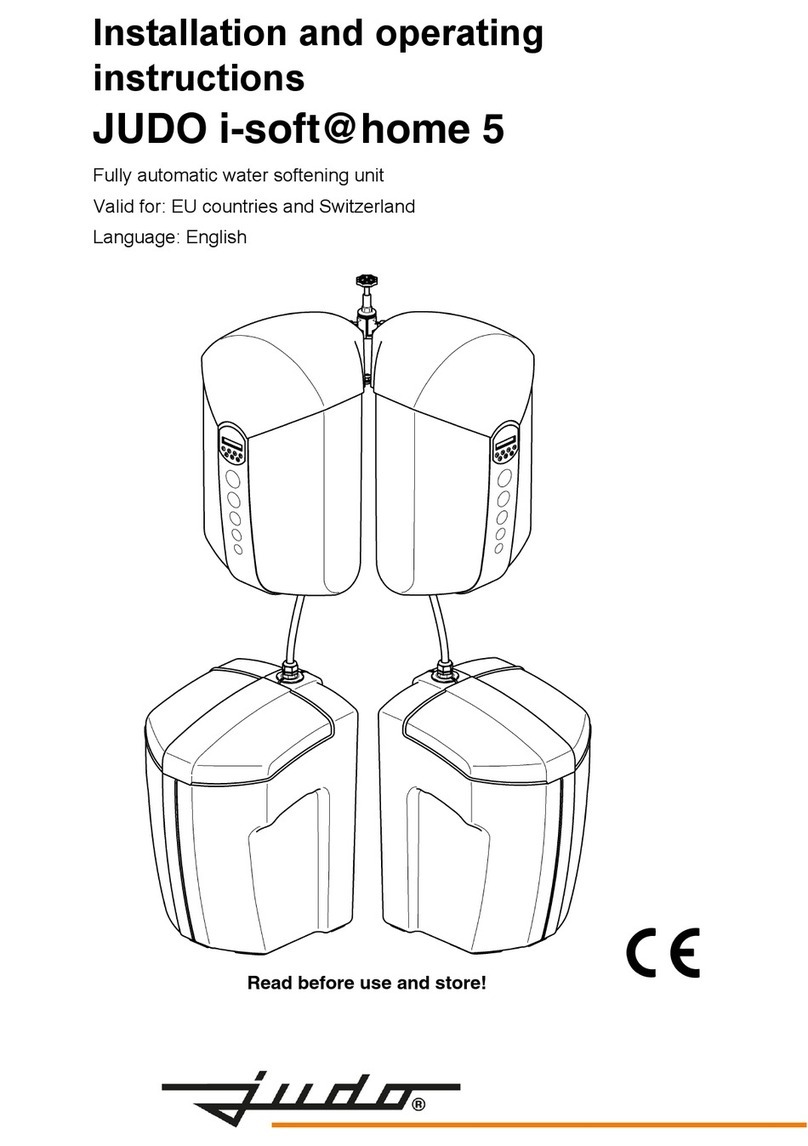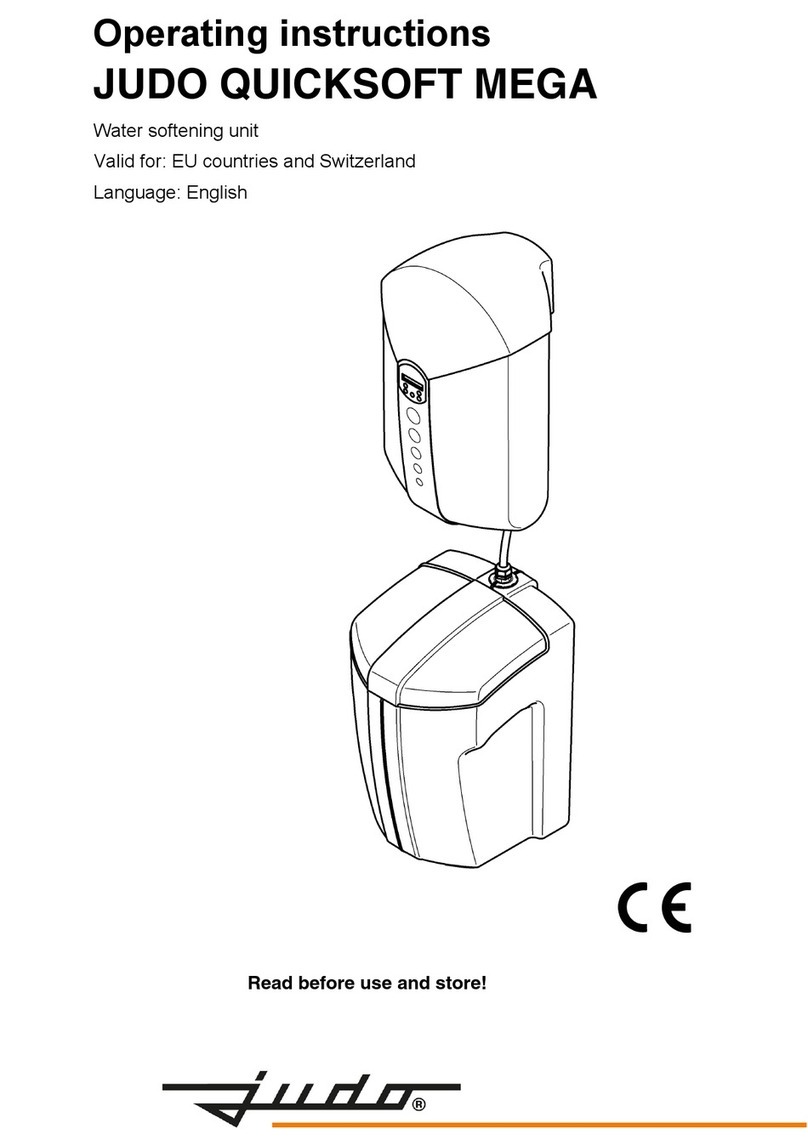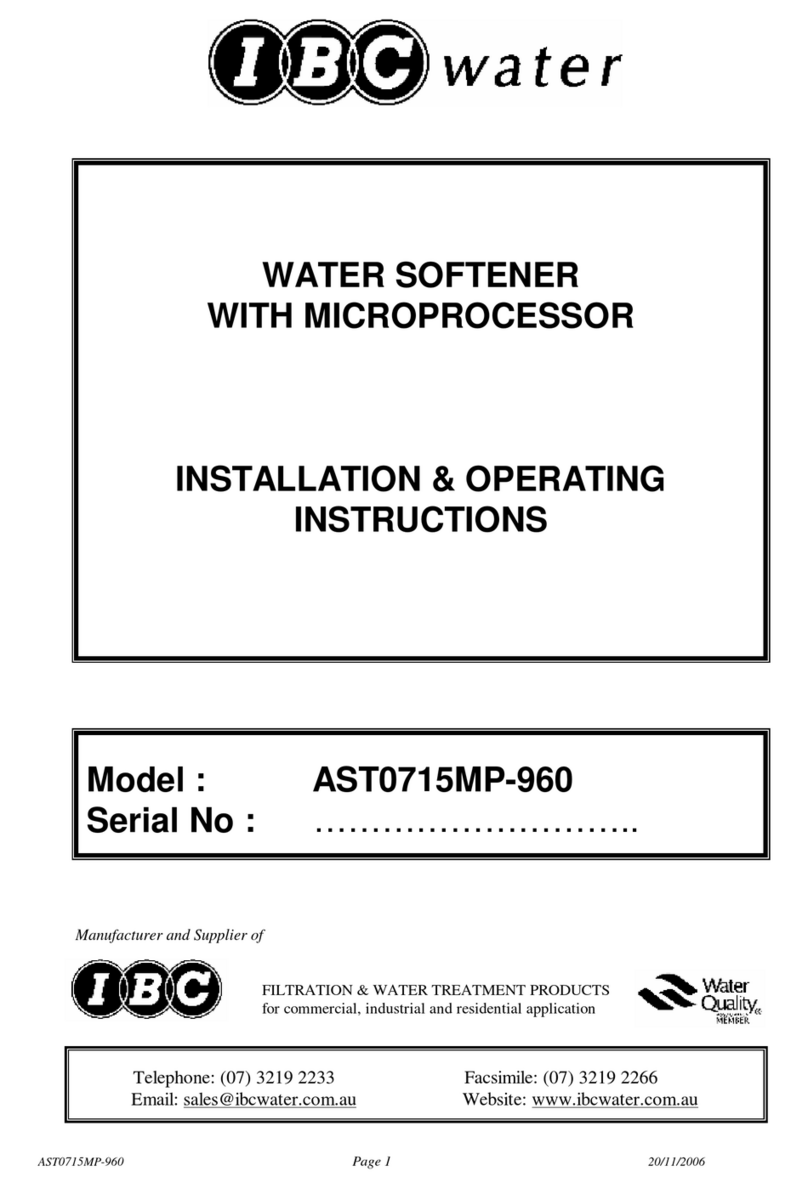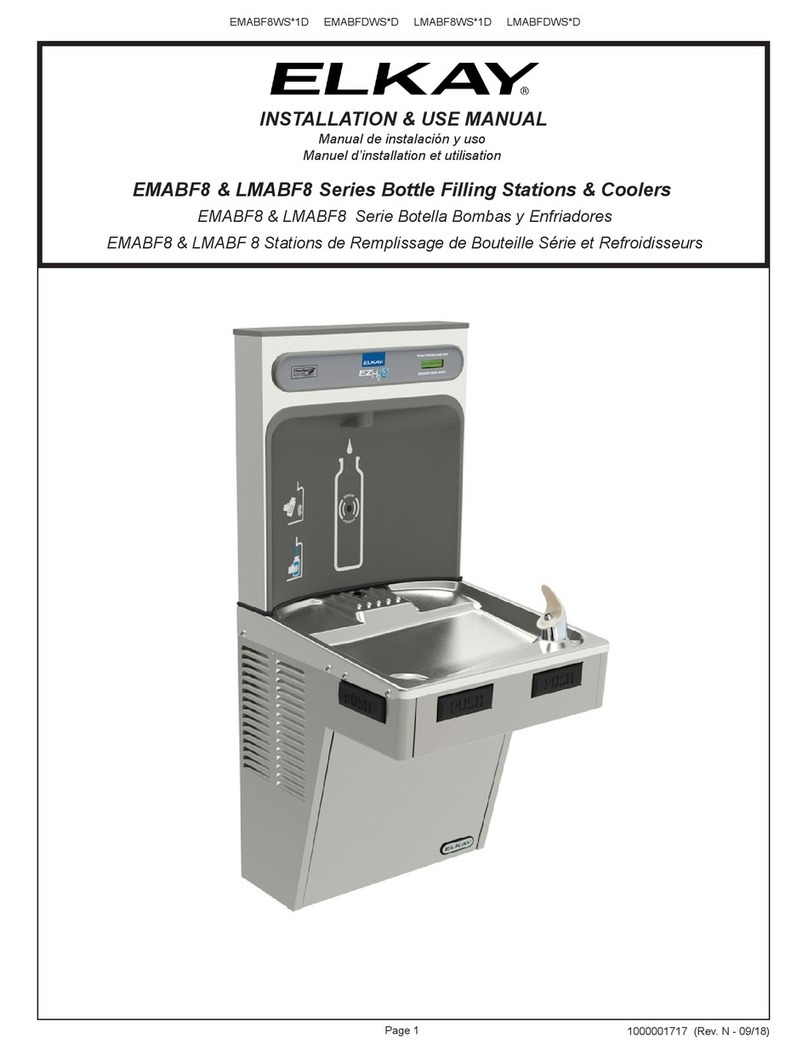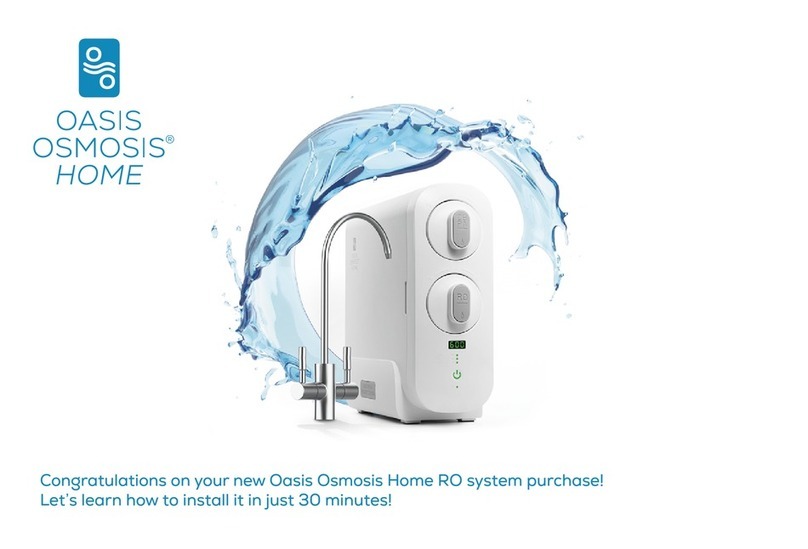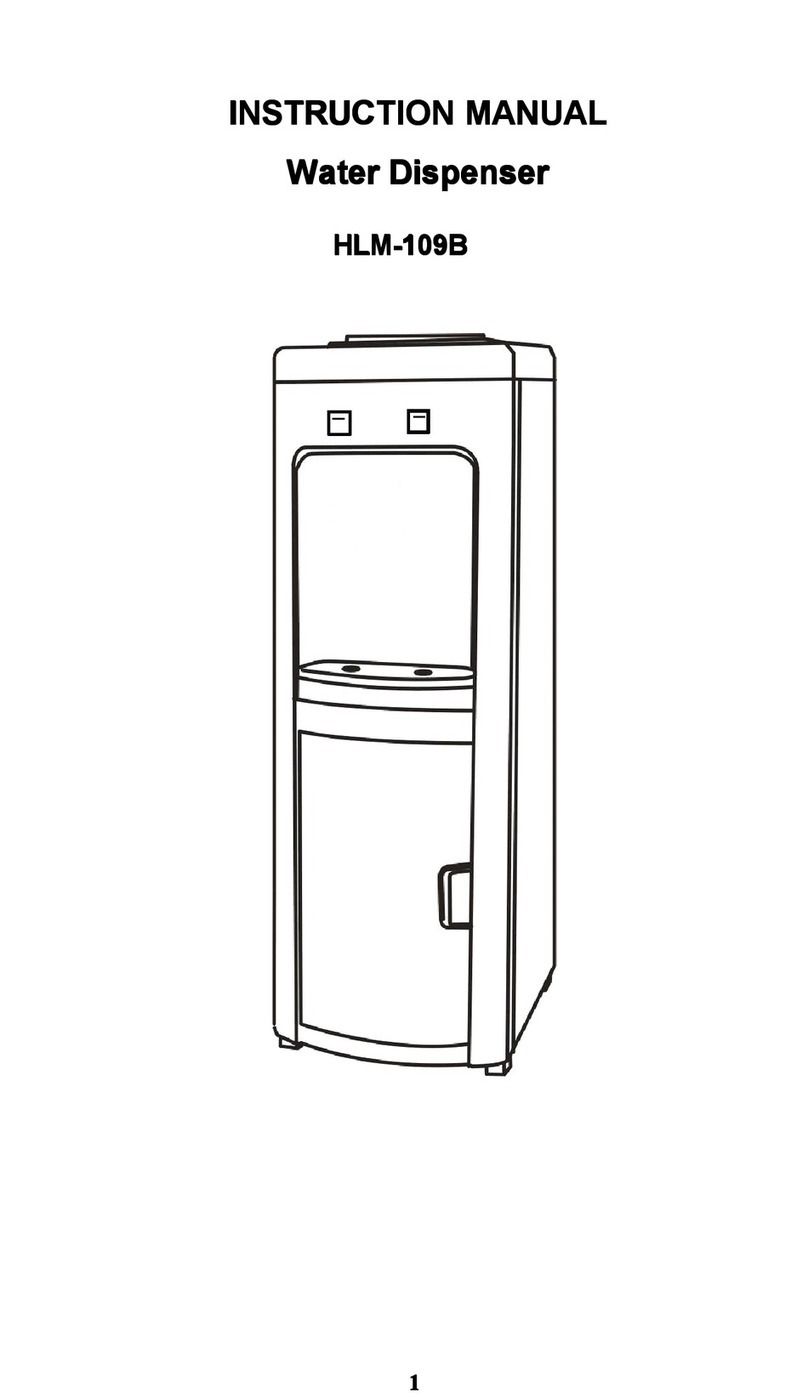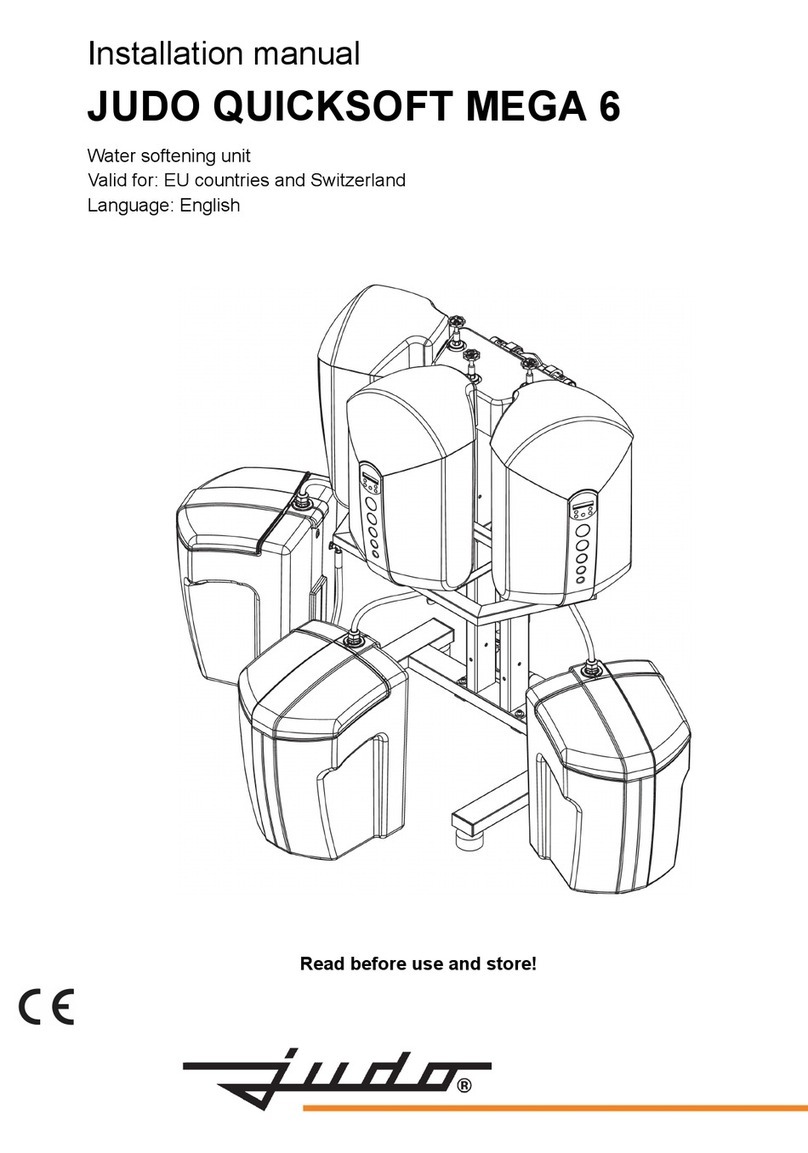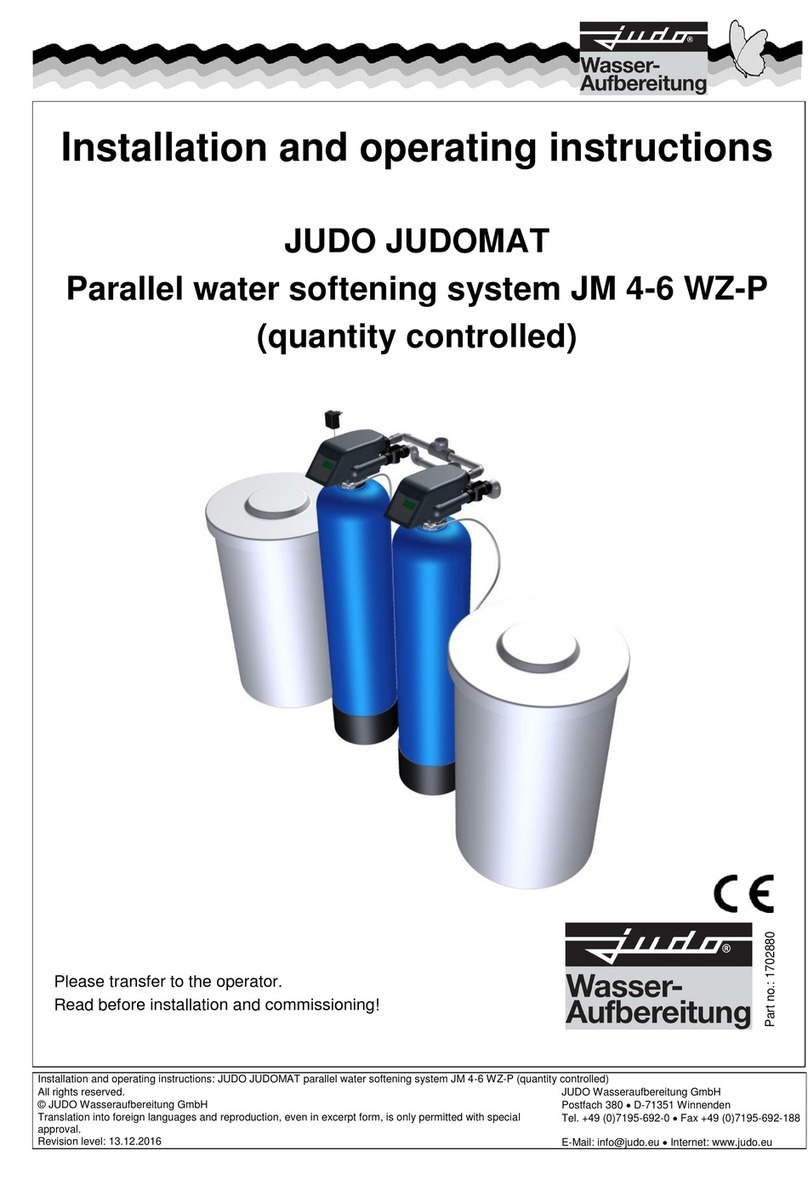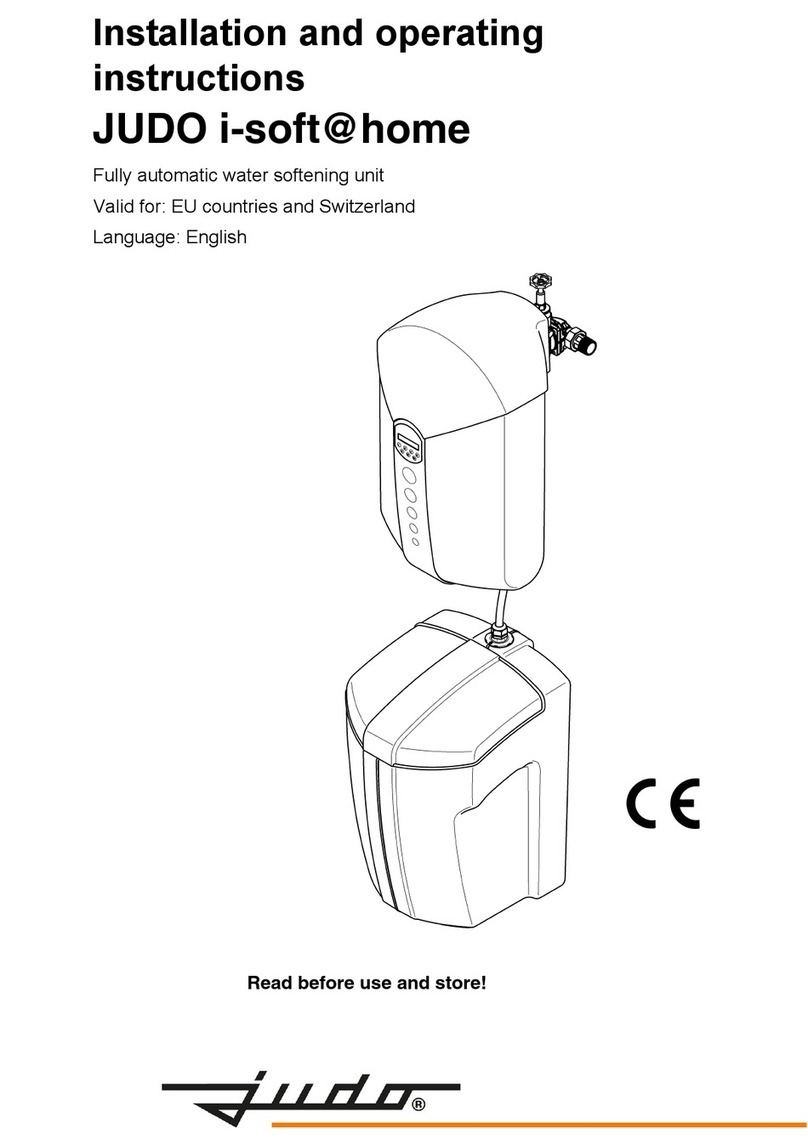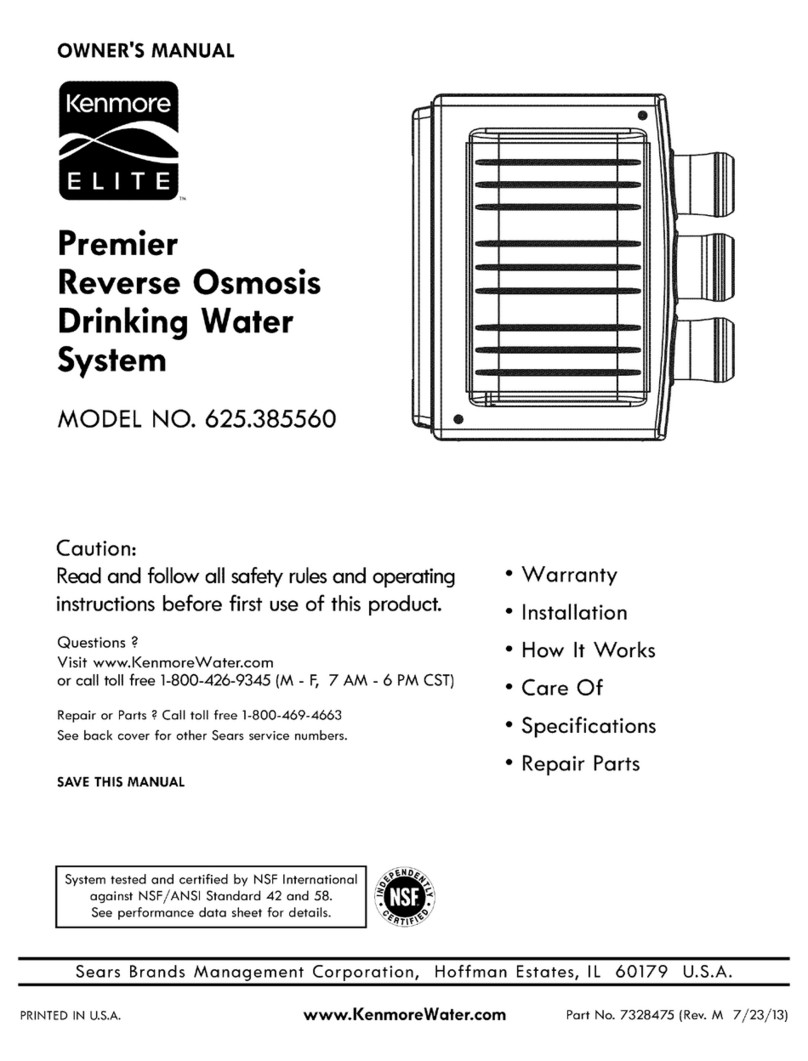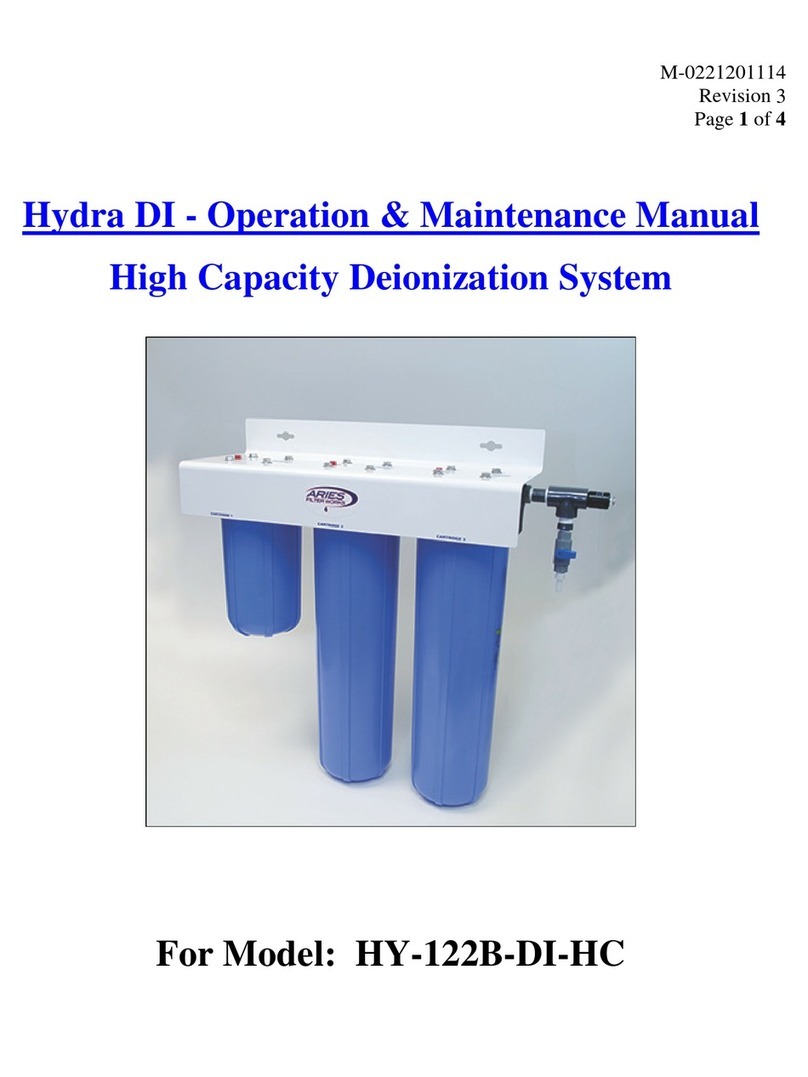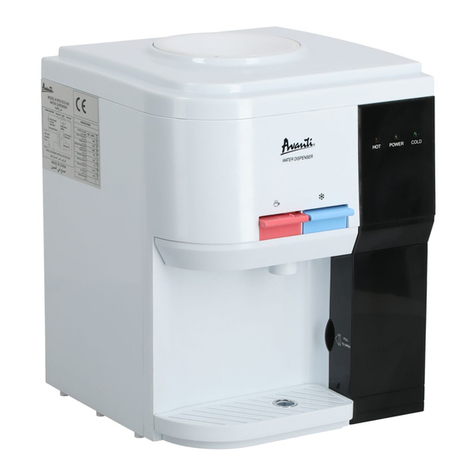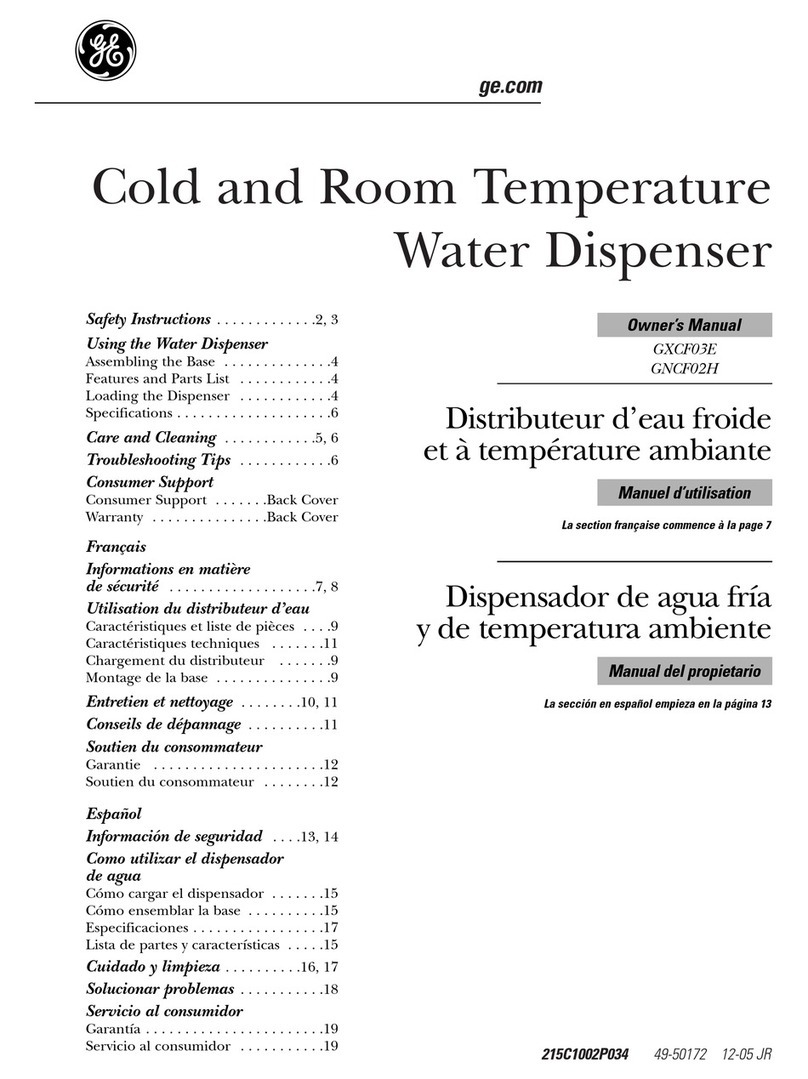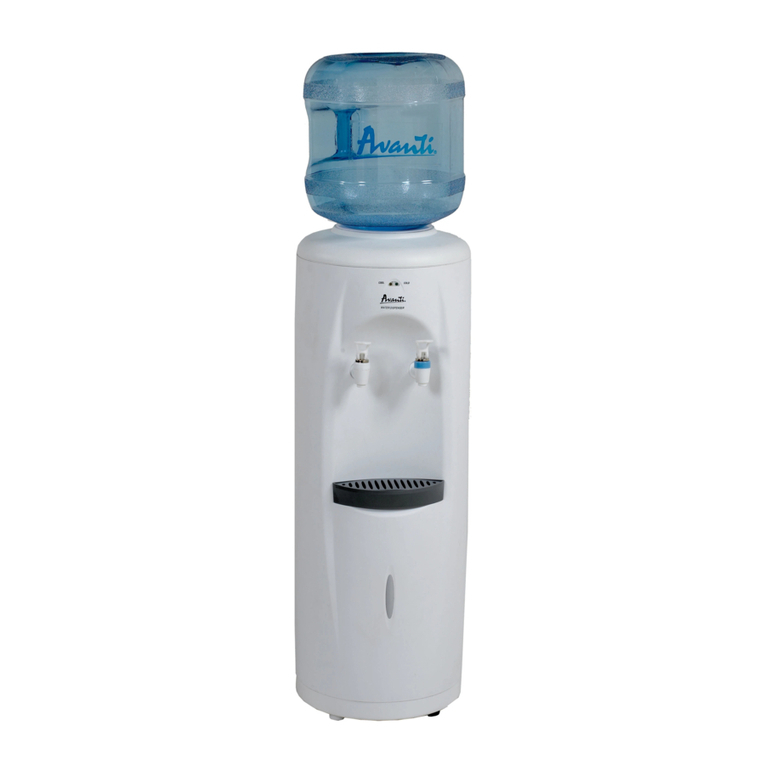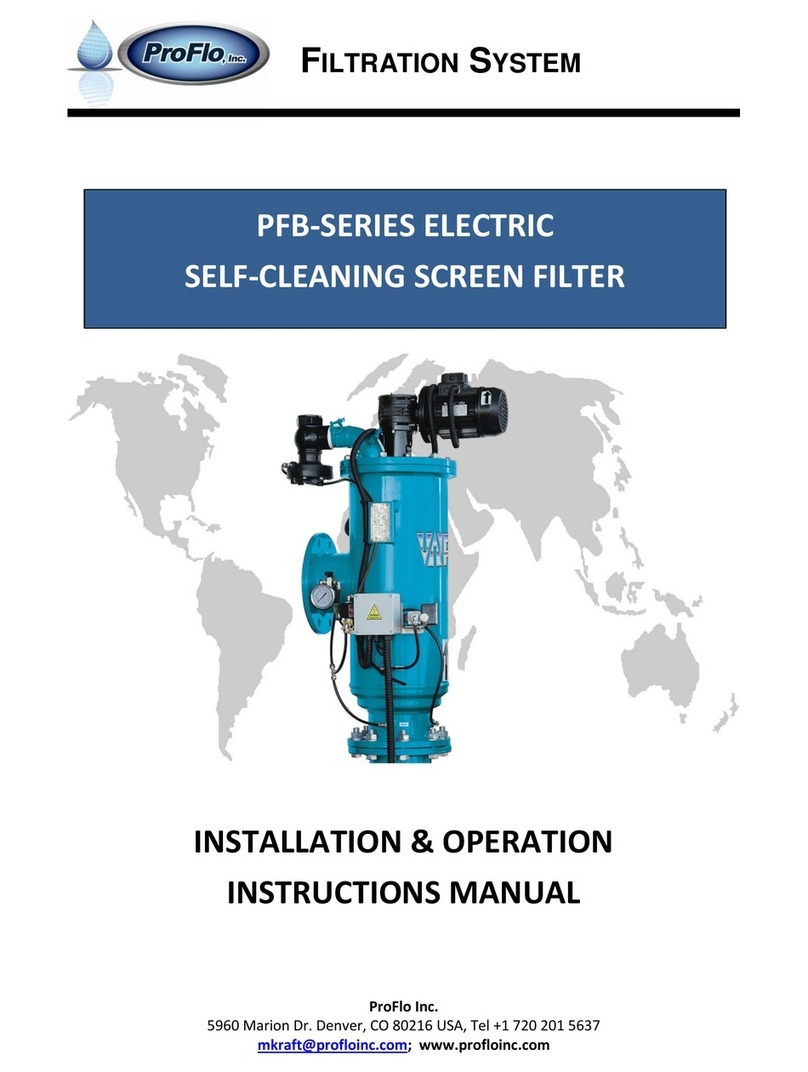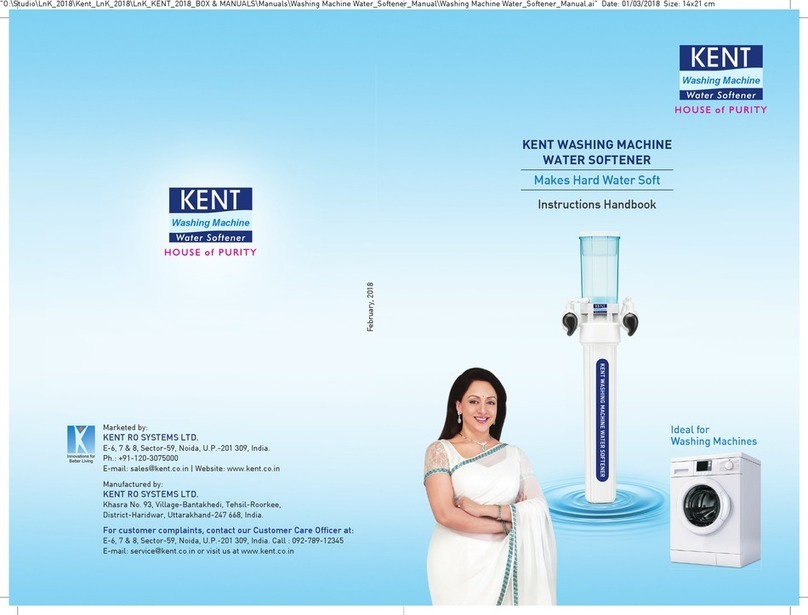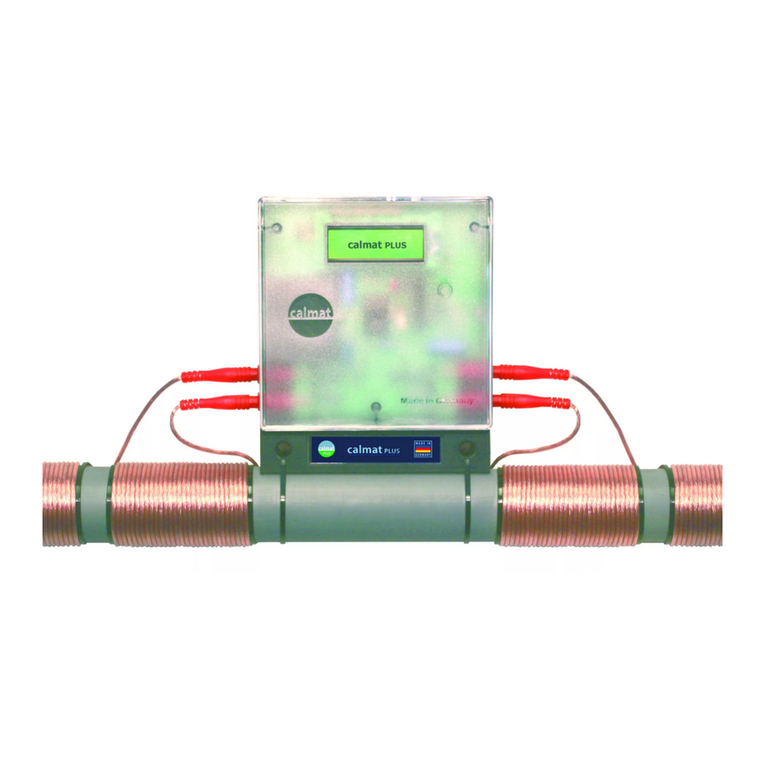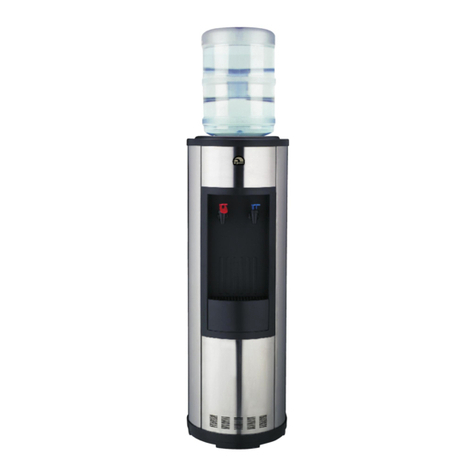4 JUDO QUICKSOFT-P
Contents
1 About these operating instructions. 5
1.1 Symbols used.............................. 5
1.2 Safety instructions and dangers
due to non-observation................ 6
1.3 Units used.................................... 6
2 Intended use ...................................... 7
2.1 Water pressure............................ 7
2.2 Indication of particular dangers ... 8
3 Product information .......................... 9
3.1 Application................................... 9
3.2 Approval marks............................ 9
3.3 Materials used ............................. 9
4 Installation ......................................... 9
4.1 General........................................ 9
4.2 Installation of the rotary flange
fitting (JQE)................................ 10
4.3 Installing the wall support
components............................... 11
4.4 Installation of the water softening
system without a bypass valve .. 11
4.5 Installation of the bypass valve
(accessories) ............................. 12
4.6 Water softening system installation
at the already installed bypass
valve .......................................... 13
4.7 Connection of the water softening
system with the salt reservoir .... 14
4.8 Waste water connection and safety
overflow hose ............................ 15
5 Operation ......................................... 16
5.1 Control panel ............................. 16
5.2 Menu functions .......................... 16
5.3 Operating mode......................... 17
5.4 Menu structure........................... 20
5.5 Function description .................. 21
5.6 Filling with salt ........................... 22
5.7 Potential-free fault indication ..... 23
5.8 Integration of the water
softening system
in building control systems ........ 23
5.9 Connectivity module
(accessories)............................. 23
5.10 Conversions / changes / spare
parts .......................................... 24
5.11 Service/repair ............................ 24
5.12 Interruption of operation ............ 24
5.13 Resetting to factory setting........ 24
5.14 Overview of display messages.. 25
6 Fault.................................................. 25
7 Maintenance..................................... 25
7.1 Cleaning .................................... 25
8 Warranty and service...................... 26
8.1 Inspection by the operator every
two months (visual inspection) .. 26
8.2 Six-monthly service
by customer service .................. 26
8.3 Annual service
by customer service .................. 26
9. Data sheet ........................................ 27
9.1 Type .......................................... 27
9.2 Technical data ........................... 27
9.3 Graphs....................................... 28
9.4 Installation dimensions .............. 30
9.5 Scope of supply......................... 30
9.6 Accessories............................... 30
10. Spare parts....................................... 32
11. Customer service ............................ 36
